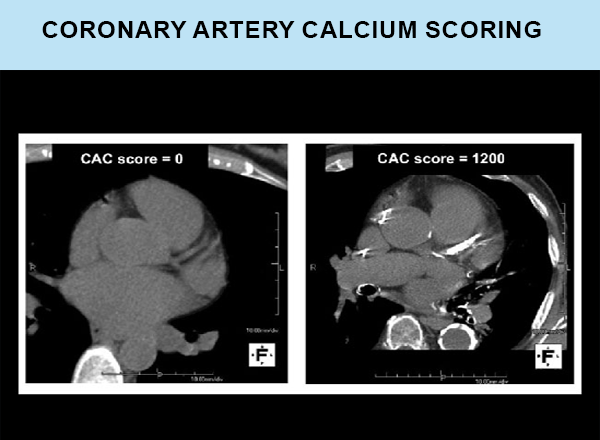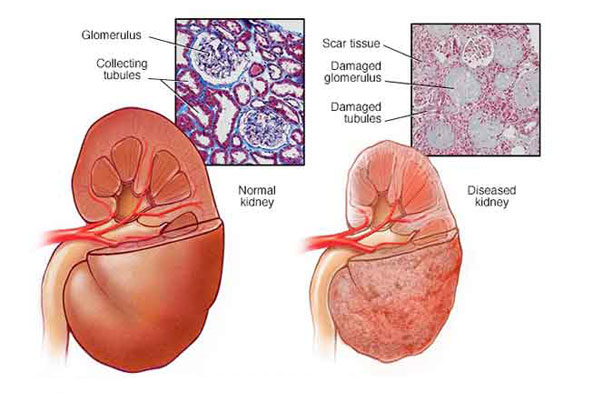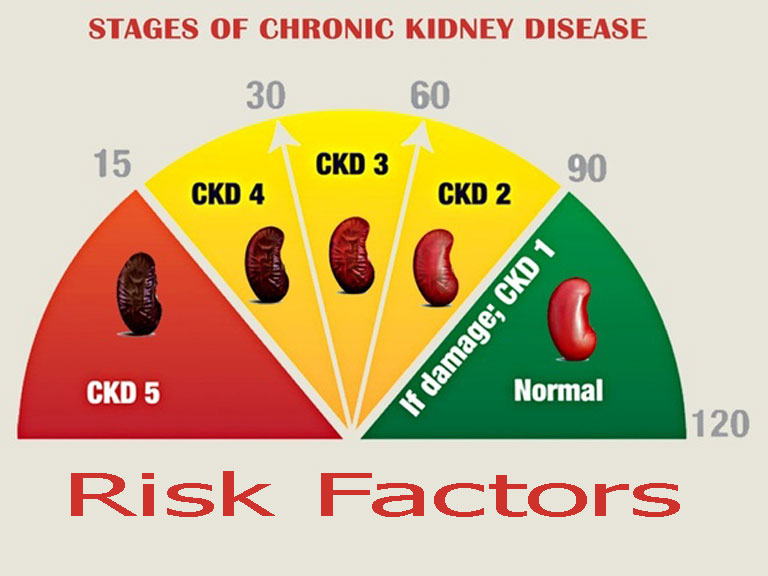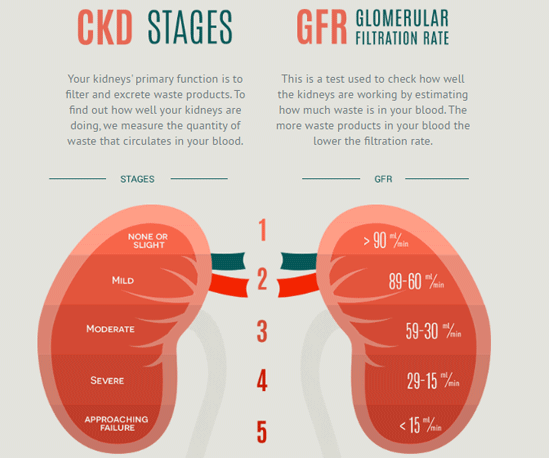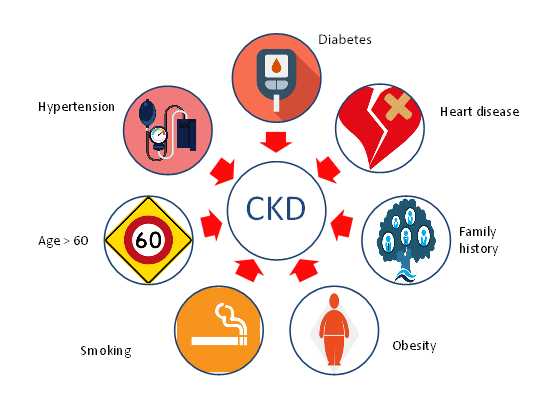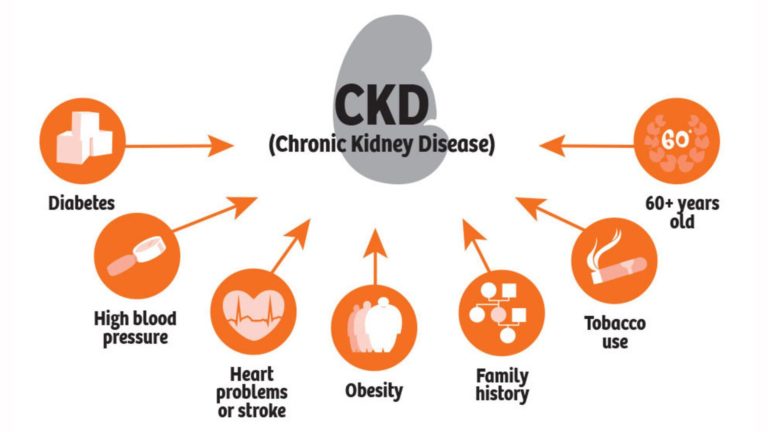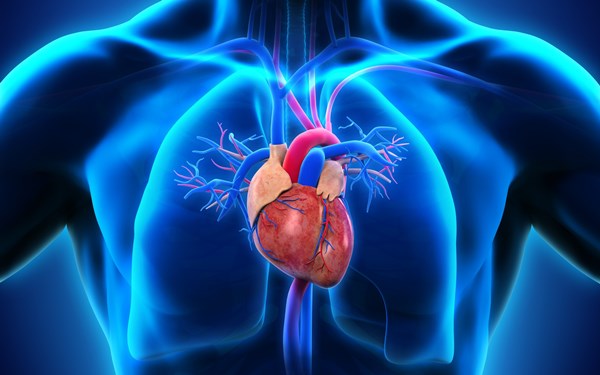What does an anesthesiologist do?
An anesthesiologist will meet with you before your surgery and ask you questions to assess your risk and suitability to give anaesthesia. These include questions such as:
- Do you have any health problems?
- Do you have any dental problems, such as loose teeth or false teeth?
- What medicines do you take, including over-the-counter medicines and supplements?
- Do you smoke, drink alcohol, or use any illegal drugs?
- Do you have any allergies to foods or medicines
- Have you or any of your relatives ever had a problem with anesthesia medicines?
In some cases, you might have a choice between different types of anesthesia.
Your anesthesiologist will also tell you how your anesthesia will be given and answer any questions you have. They will continually check your breathing, blood \ pressure, and heart rate during the procedure. If you have general anesthesia, your anesthesiologist also makes sure you stay unconscious.
Can I wake up during general anesthesia?
It is very rare to wake up during general anesthesia (less than 1 patient in every 15,000
operations). Your anesthesiologist constantly adjusts the medicines to keep you from waking up.
Are there any side effects from anesthesia?
Each type of anesthesia has possible side effects.
If you have a spinal block or epidural, the numbness will last for a few hours after your
procedure before wearing off. Other side effects can include:
- Headache – There is a small chance of getting a type of headache that can last for several days. This is sometimes called a “spinal headache.” It usually goes away on its own, but pain-relieving medicines and other treatments can help.
- Trouble urinating – Some patients have trouble emptying their bladders for a few hours after surgery until the anesthetic wears off.
If you have general anesthesia, you will likely feel a little groggy or confused for a short time after waking up. Other side effects can include:
- Feeling sick to your stomach (nausea) and throwing up (vomiting) – Your anesthesiologist can give you medicines for this problem.
- A sore throat – This can happen if you had a breathing tube. It usually gets better quickly.




